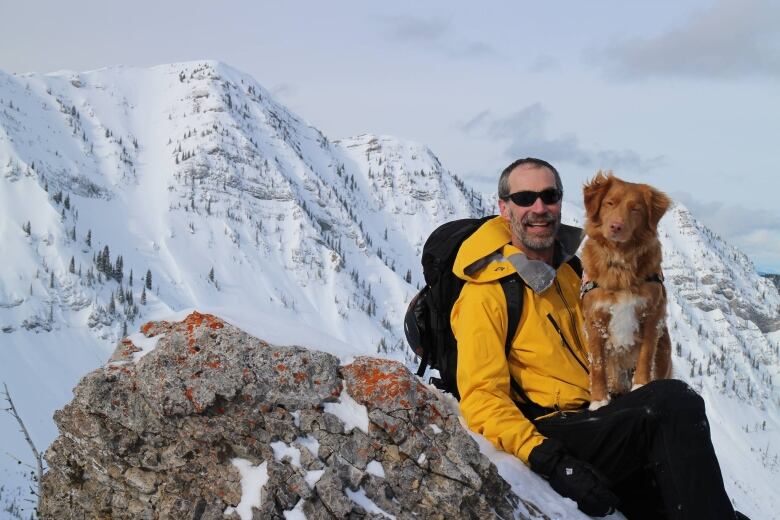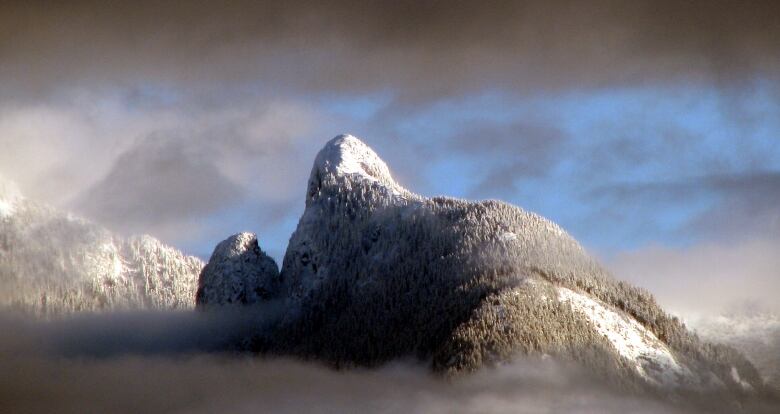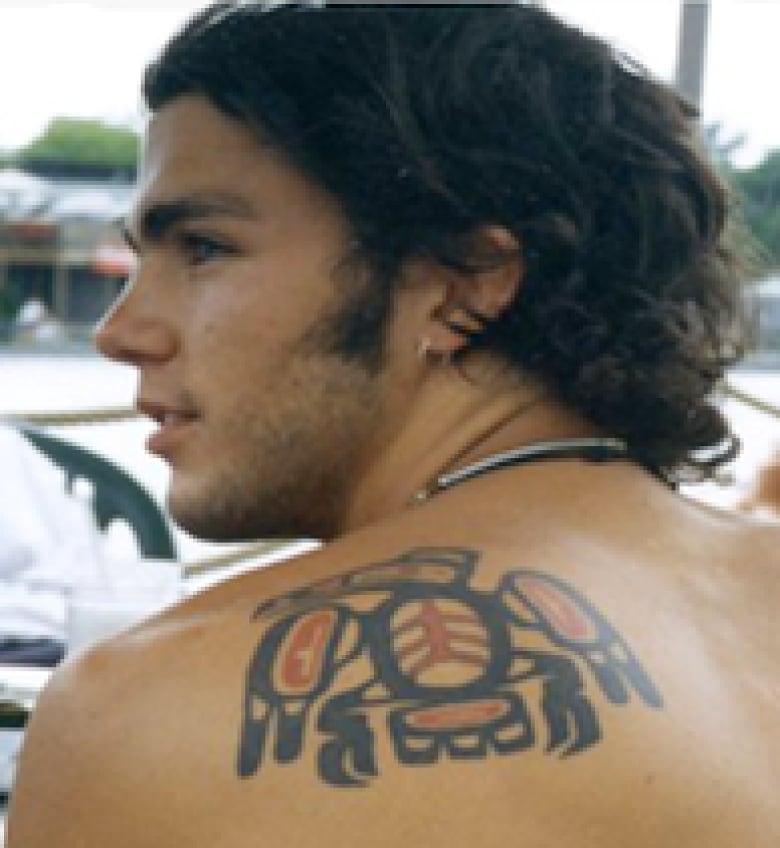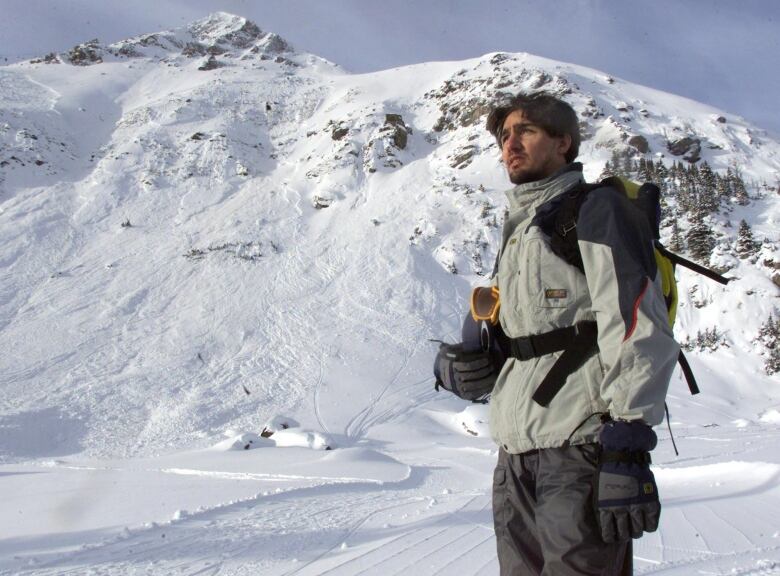The deadly toll of B.C.'s stunning backcountry
Winter activity-related deaths average 23 each year, about half from avalanches

Alastair Ferries followed footsteps along the edge of a snow ledge near the summit of Mount Harvey north of Vancouver struggling to understand why the tracks had stopped.
His mind concocted explanations. It must be a cruel trick. They must be hiding. The tragedy of five people falling to their death seemed impossible.
But with the overhanging buildup of snow sheared off, he soon realized he too was at risk.

"Cornices are tricky. I'm not even sure I was even cautious enough," the experienced 13-year hiker told CBC, following the weekend tragedy.
B.C.'s backcountry offers stunning vistas for those who dare its high slopes,but there are hidden risks, even a few steps off beaten paths.
"There's a nasty side to the mountains," said Ilya Storm of Avalanche Canada.
Every year an average of 23 people are lost or killed doing winter activities from snowmobiling and skiing to snowshoeing and hiking in B.C.'s backcountry.
Last year 27 people died, a number not seen since 2009/2010 when the backcountry claimed the lives of 28 people.

Exploding interest in outdoor adventure, combined with advances in recreation technologies, meanmore inexperienced people make it to challenging terrain, especially on Vancouver's North Shore.
The B.C. government says adventure tourism brings in more than $1.2-billion annuallyand growing with day hikes the most popular activity.
Always some risk
Storm grew up scaling cliffs, so he's humble off-trail.
He knows how easy it is to slip, fall or end up head-first in deep, suffocating snow.
The beauty of B.C.'s backcountry has claimed many experienced explorers over the years.

Prime Minister Justin Trudeau lost his youngest brother, Michel, in 1998 when an avalanche swept the skilled 23-year-old skier into a lake that's never relinquished his body.
The Trudeau sons grew up on ski slopes, but their father Pierre Trudeau once wisely observed: "It is said that those who live at the foot of great mountains are the last to climb them."
Newbies beware
But those same great mountains inspire such awe that newcomers are often lured to the slopes ill-equipped and uninformed.
They wander off with no training, beacons or buddies a decision that can prove deadly in the cold.
Vancouver's movie-set backdrop of breathtaking terrainis all too real.

The North Shore mountains claim lives all year, triggering 95 calls for rescue last year alone.
"You can get off a city bus and be walking on really nicely managed, very safe trails.but if you go one kilometre further you are in the mountains," said Storm.
Most deaths involve avalanches, skis or snowmobiles, but some hikers simply fall or lose their way.
Snowshoers increasing
While this week's tragedy is atypical, says avalanche expert Pascal Haegeli, an avalanche risk expert from Simon Fraser University, he urges inexperienced backcountry explorers to hire guides, get training and be cautious.
The time frame to rescue if a person is suffocating in snow is short 10 to 15 minutes tops if they are buried, say experts.
Haegeli said snowshoeing, while not a traditionally hazardous sport, has claimed seven lives this year.

He said advances in recreational equipment that make everything from skis to snowshoes easier to master mean that inexperienced users can get into trouble faster.
"It's easy for people to buy some snowshoes and be in fairly serious terrain on the North Shore mountains very quickly," he said.
Safety experts at Avalanche Canada say they're seeing snowshoers push boundaries.
They say they're discussing better perhaps multilingual or symbol-based signage on trails.
"We're seeing many more snowshoers and in much wilder terrain," said North Shore Rescue team leader Mike Danks.
Risk never zero
But all the experts agree, even after taking precautions, mountains can surprise.
Willy Pfisterer, a Canadian guide famed for scaling Canada's highest peak, Mount Logan, warned that sometimes no amount of knowledge is enough in the mountains.
A lesson underlined in 1987 when Pfisterer in one of the last rescue calls of his career had to retrieve the body of his own son, killed in an avalanche.














_(720p).jpg)


 OFFICIAL HD MUSIC VIDEO.jpg)
.jpg)



























































































